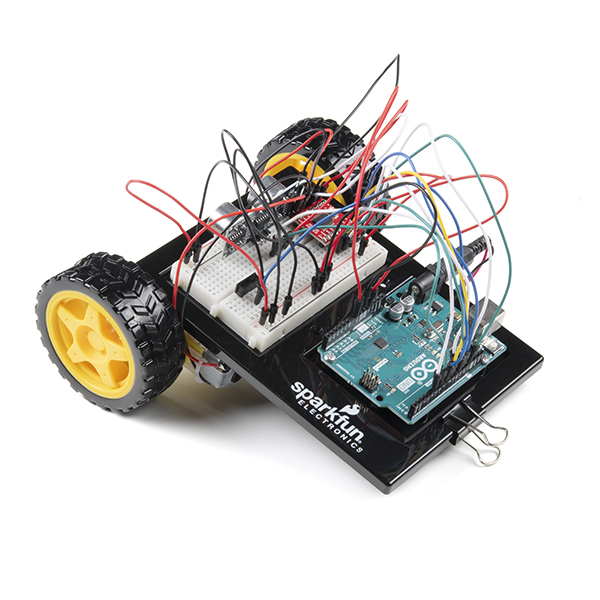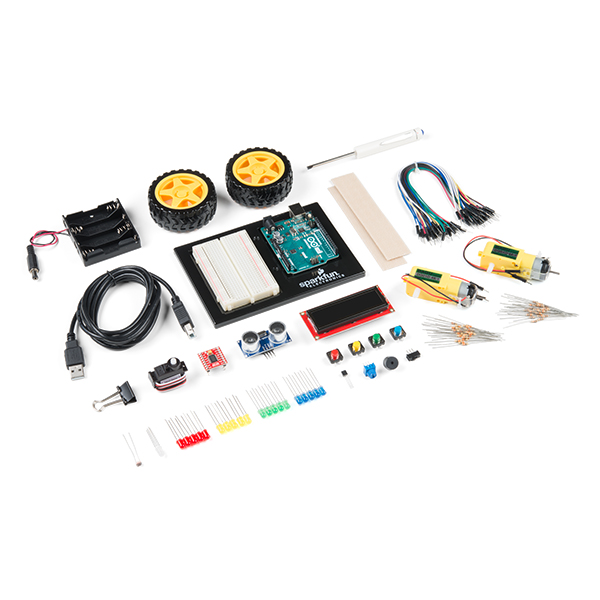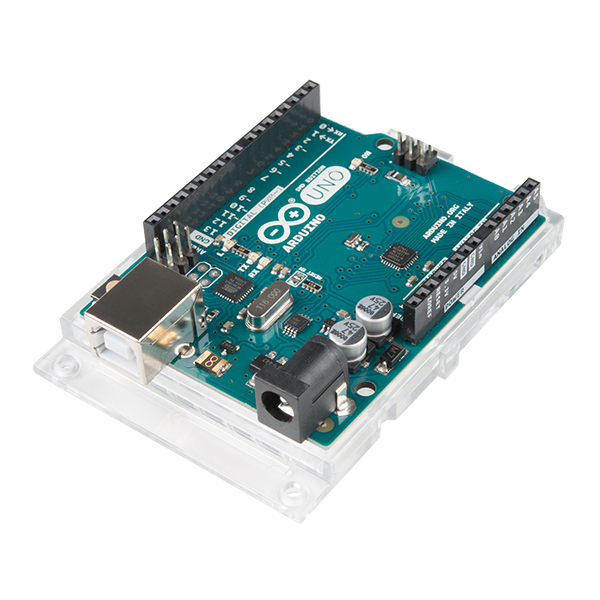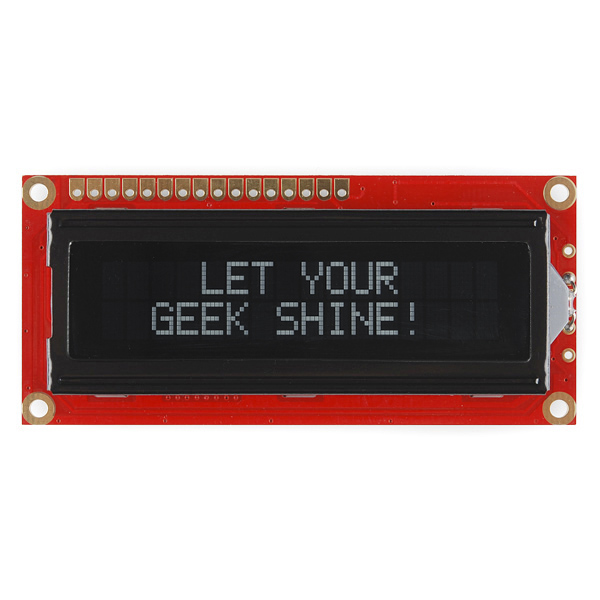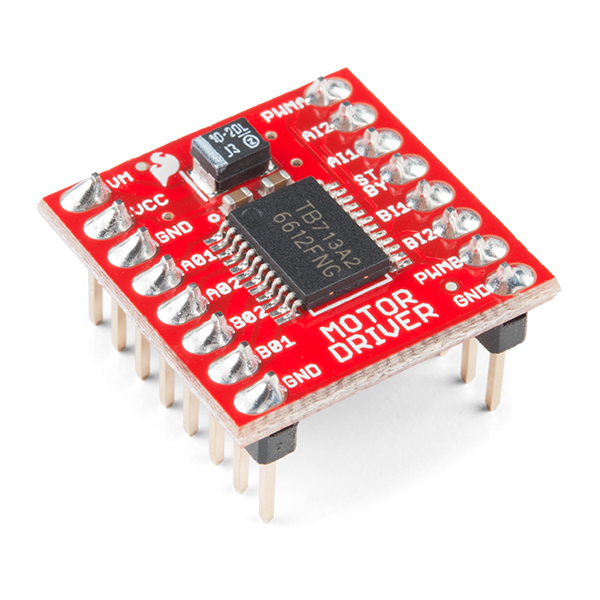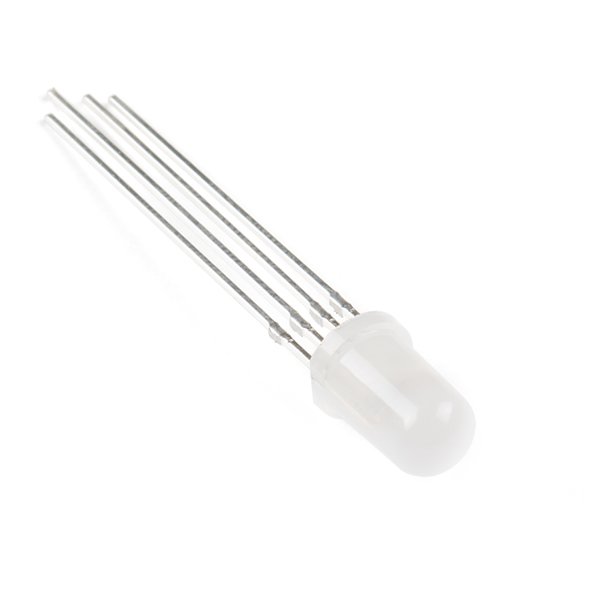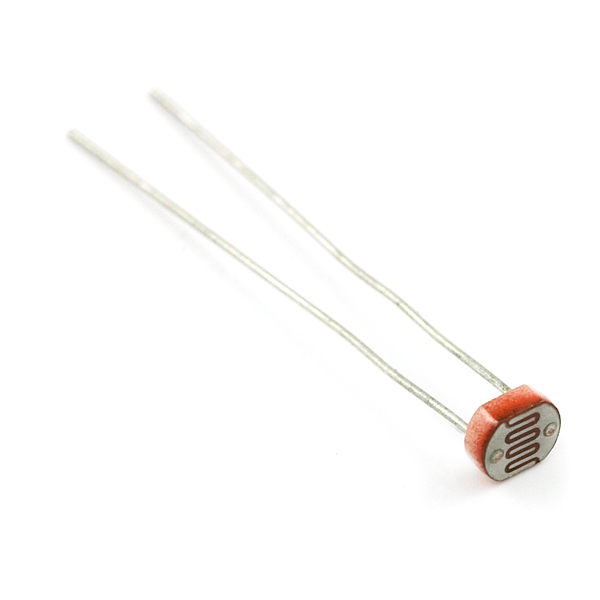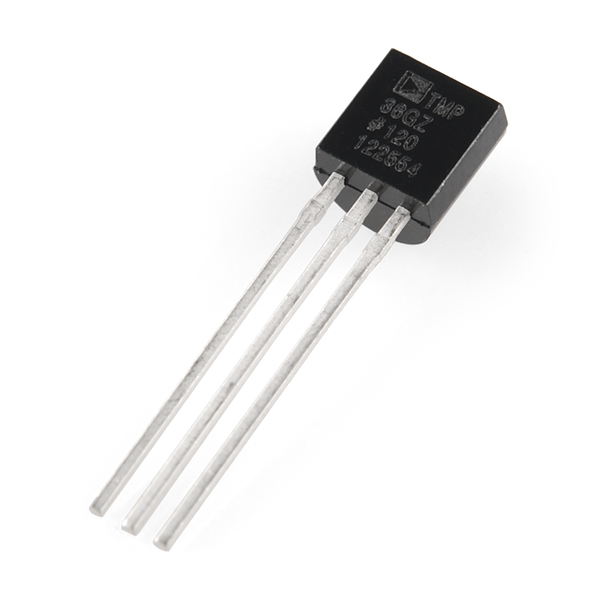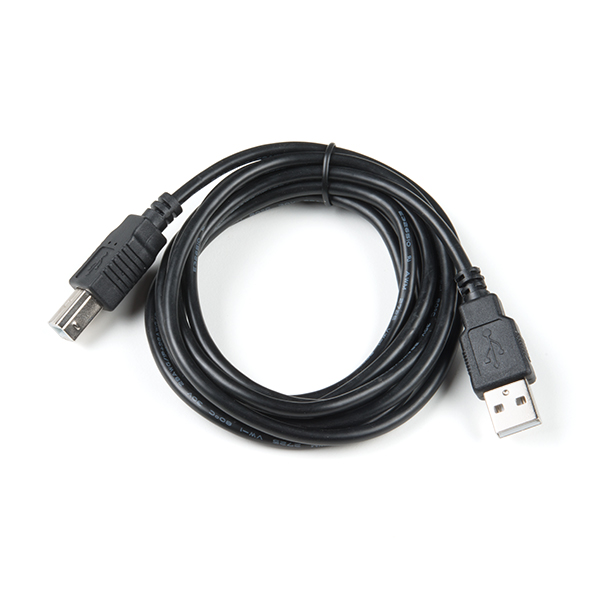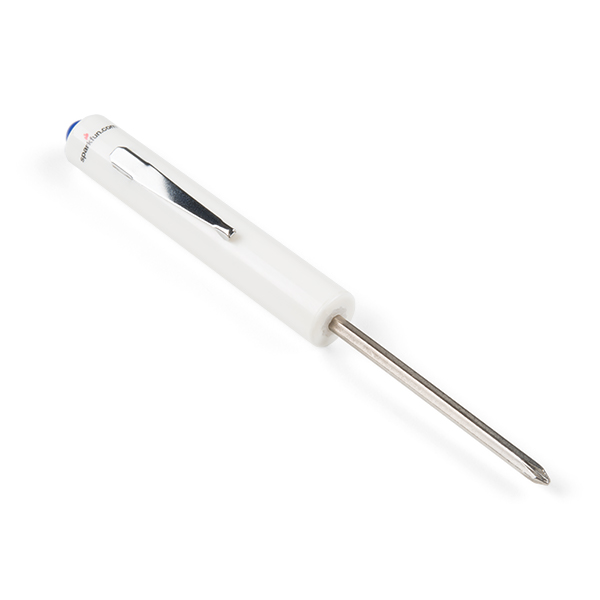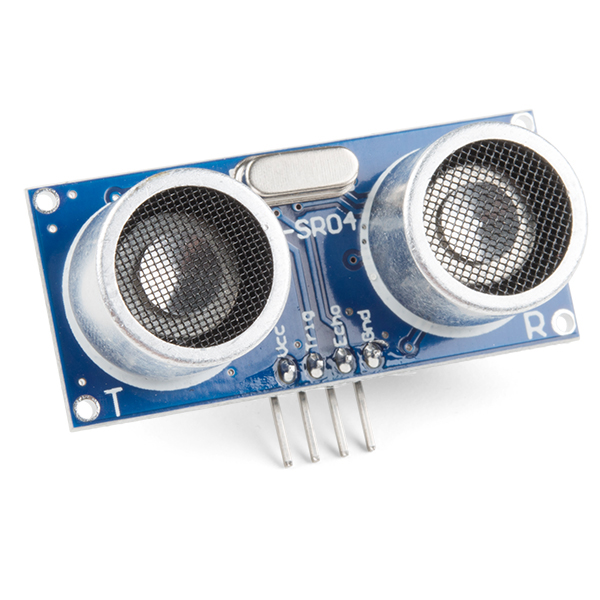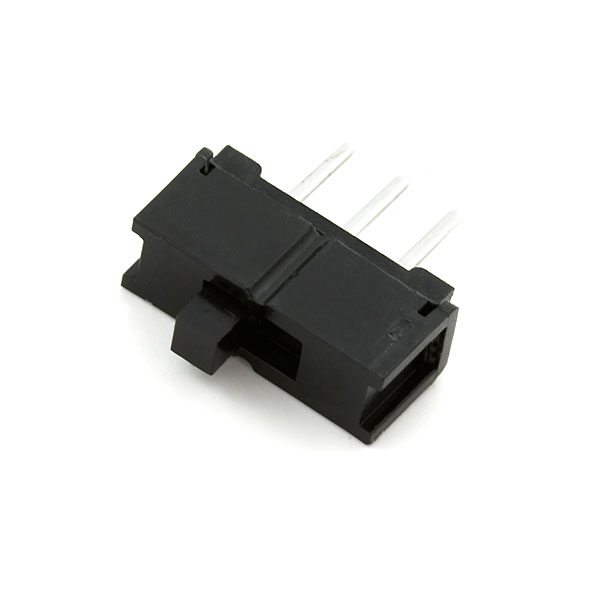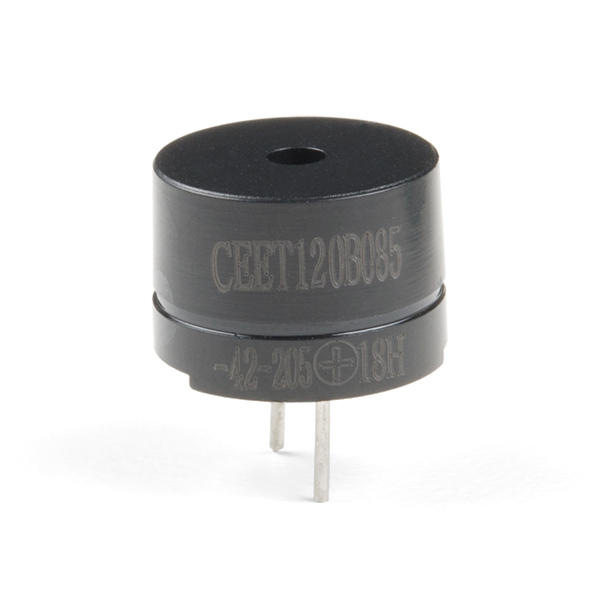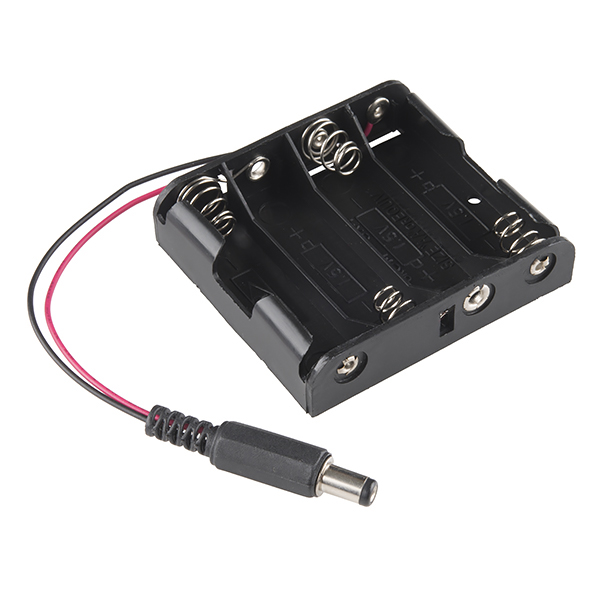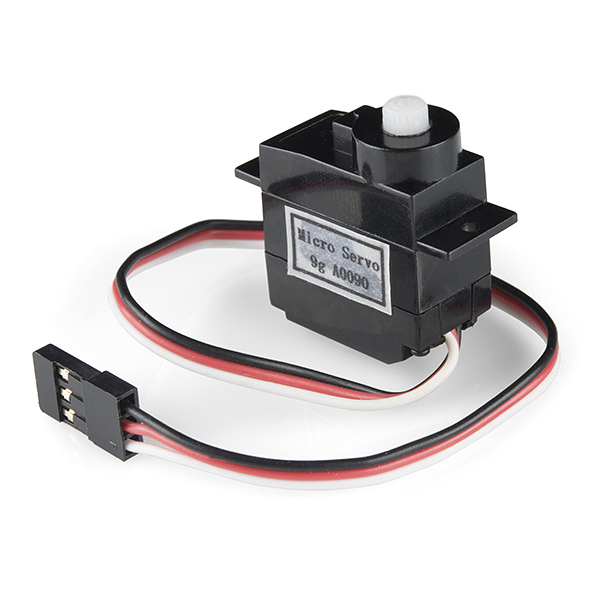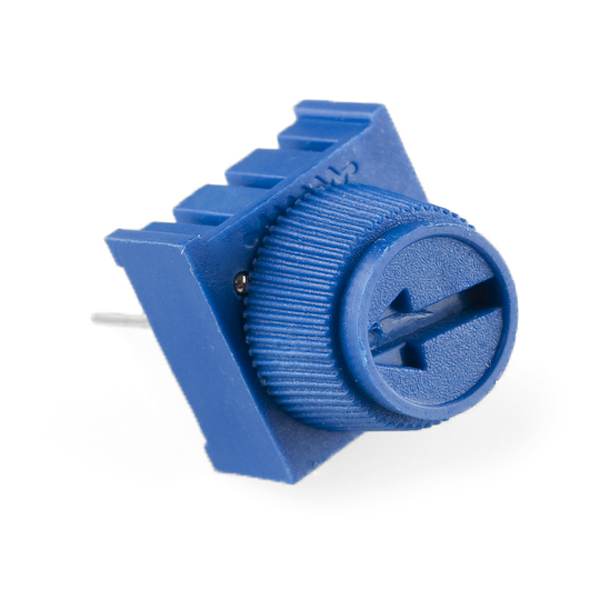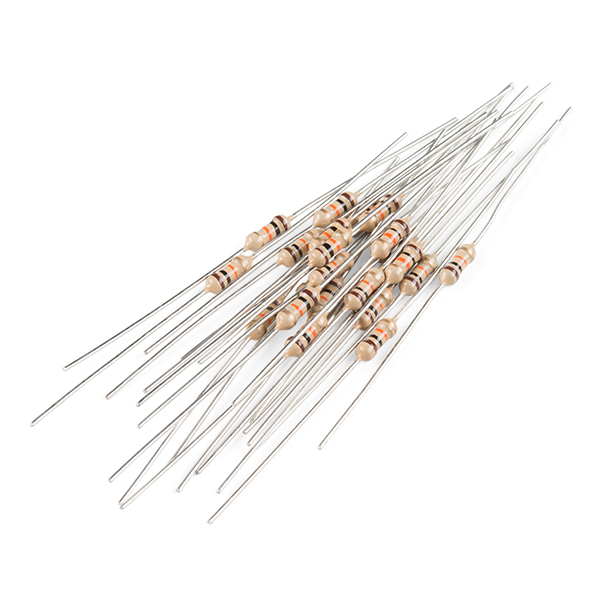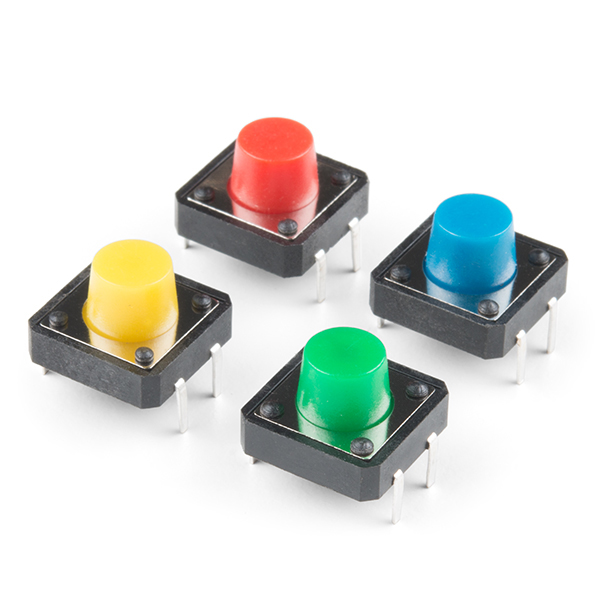SparkFun Inventor's Kit for Arduino Uno - v4.1
The SparkFun Inventor's Kit (SIK) for Arduino Uno is a great way to get started with programming and hardware interaction with the Arduino programming language. The SIK includes everything you need to complete five overarching projects consisting of 16 interconnected circuits that teach everything from blinking an LED to reading sensors. The culminating project is your very own autonomous robot! No previous programming or electronics experience is required to use this kit.
The online guide contains step-by-step instructions with circuit diagrams and hookup tables for building each project and circuit with the included parts. Full example code is provided, new concepts and components are explained at point of use, and troubleshooting tips offer assistance if something goes wrong.
The kit does not require any soldering and is recommended for beginners ages 10 and up who are looking for an Arduino starter kit. For SIK version 4.1 we took an entirely different approach to teaching embedded electronics. In previous versions of the SIK, each circuit focused on introducing a new piece of technology. With SIK v4.1, components are introduced in the context of the circuit you are building, and each circuit builds upon the last, leading up to a project that incorporates all of the components and concepts introduced throughout the guide. With new parts and a completely new strategy, even if you've used the SIK before, you're in for a brand-new experience!
This version of the SIK replaces the SparkFun RedBoard Qwiic with the Arduino Uno (SMD version) and comes without the SIK guidebook and carrying case. With these components being swapped and removed, we were able to reduce the overall size and weight of the kit, making shipping cheaper and easier for anyone ordering internationally.
Note: As stated above, this SIK does NOT include a carrying case or print guidebook.
- Arduino Uno --- R3 SMD
- Arduino and Breadboard Holder
- White Solderless Breadboard
- SparkFun Mini Screwdriver
- 16x2 White-on-Black LCD (with headers)
- SparkFun Motor Driver (with headers)
- Pair of Rubber Wheels
- Pair of Hobby Gearmotors
- Small Servo
- Ultrasonic Sensor
- TMP36 Temp Sensor
- 6' SparkFun USB Cable
- Jumper Wires
- Photocell
- Tricolor LED
- Red, Blue, Yellow and Green LEDs
- Red, Blue, Yellow and Green Tactile Buttons
- 10K Trimpot
- Mini Power Switch
- Piezo Speaker
- AA Battery Holder
- 330 and 10K Resistors
- Binder Clip
- Dual Lock™ Fastener
- SIK Printed Guide Flipbook
- SIK Printed Guide (PDF, Download File: 31.9MB)
- SIK Guide Errata (v4.1)
- Online Experiment Guide
- SIK Info Page
- Project 1: Light
- Circuit 1A: Blinking an LED
- Circuit 1B: Potentiometer
- Circuit 1C: Photoresistor
- Circuit 1D: RGB Night-Light
- Project 2: Sound
- Circuit 2A: Buzzer
- Circuit 2B: Digital Trumpet
- Circuit 2C: "Simon Says" Game
- Project 3: Motion
- Circuit 3A: Servo Motors
- Circuit 3B: Distance Sensor
- Circuit 3C: Motion Alarm
- Project 4: Display
- Circuit 4A: LCD "Hello, World!"
- Circuit 4B: Temperature Sensor
- Circuit 4C: "DIY Who Am I?" Game
- Project 5: Robot
- Circuit 5A: Motor Basics
- Circuit 5B: Remote-Controlled Robot
- Circuit 5C: Autonomous Robot
SparkFun Inventor's Kit for Arduino Uno - v4.1 Product Help and Resources
Light-Seeking Robot
November 28, 2017
We use parts from the SparkFun Inventor's Kit v4.0 to create a light-seeking robot that mimics the behavior of single-celled organisms.
Clap On Lamp
November 28, 2017
Modify a simple desk lamp to respond to a double clap (or other sharp noise) using parts from the SparkFun Inventor's Kit v4.0.
Endless Runner Game
November 28, 2017
We make a simple side-scrolling endless runner game using parts from the SparkFun Inventor's Kit v4.0.
Measuring Internal Resistance of Batteries
May 5, 2016
Classroom STEM activity that has students build a battery from a lemon, measure the open and closed circuit voltages, and determine the battery's internal resistance.
Basic Character LCD Hookup Guide
May 28, 2019
Liquid crystal displays (LCDs) are a great way to output a string of words or sensor data to a display for visual feedback. In this tutorial, we'll learn about LCDs, how to print a string of words to a 16x2 basic character LCD and create custom characters.
SparkFun Inventor's Kit Experiment Guide - v4.1
August 8, 2019
The SparkFun Inventor's Kit (SIK) Experiment Guide contains all of the information needed to build all five projects, encompassing 16 circuits, in the latest version of the kit, v4.1.2 and v4.1.
Core Skill: Robotics
This skill concerns mechanical and robotics knowledge. You may need to know how mechanical parts interact, how motors work, or how to use motor drivers and controllers.
Skill Level: Noob - You will be required to put together a robotics kit. Necessary parts are included and steps will be easy to follow. You also might encounter basic robotics components like bearings, mounts, or other hardware and need a general idea of how it goes together.
See all skill levels
Core Skill: DIY
Whether it's for assembling a kit, hacking an enclosure, or creating your own parts; the DIY skill is all about knowing how to use tools and the techniques associated with them.
Skill Level: Noob - Basic assembly is required. You may need to provide your own basic tools like a screwdriver, hammer or scissors. Power tools or custom parts are not required. Instructions will be included and easy to follow. Sewing may be required, but only with included patterns.
See all skill levels
Core Skill: Programming
If a board needs code or communicates somehow, you're going to need to know how to program or interface with it. The programming skill is all about communication and code.
Skill Level: Rookie - You will need a better fundamental understand of what code is, and how it works. You will be using beginner-level software and development tools like Arduino. You will be dealing directly with code, but numerous examples and libraries are available. Sensors or shields will communicate with serial or TTL.
See all skill levels
Core Skill: Electrical Prototyping
If it requires power, you need to know how much, what all the pins do, and how to hook it up. You may need to reference datasheets, schematics, and know the ins and outs of electronics.
Skill Level: Rookie - You may be required to know a bit more about the component, such as orientation, or how to hook it up, in addition to power requirements. You will need to understand polarized components.
See all skill levels
Comments
Looking for answers to technical questions?
We welcome your comments and suggestions below. However, if you are looking for solutions to technical questions please see our Technical Assistance page.
Customer Reviews
4 out of 5
Based on 1 ratings:
5 of 5 found this helpful:
Fun, easy to use. Would like to have circuit diagram for each project available.
The kit is easy to use and it's fun to see things work. The one suggestion I have is to have a traditional circuit diagram made available for every project, from the board pins through the external circuit. That would aid learning and help this be much more than a fun hobby. These circuits could be made available for existing kits by posting on the web, at least.


